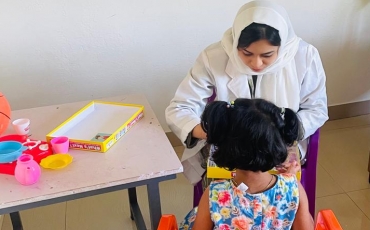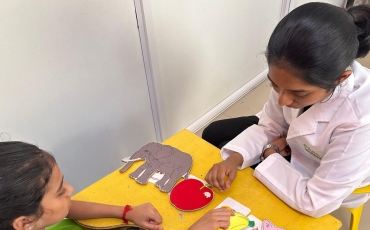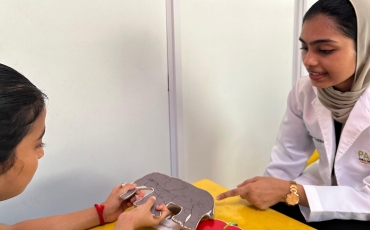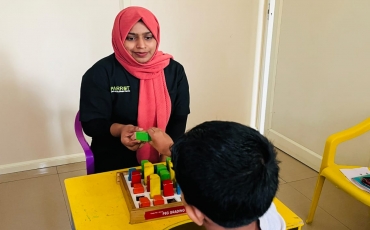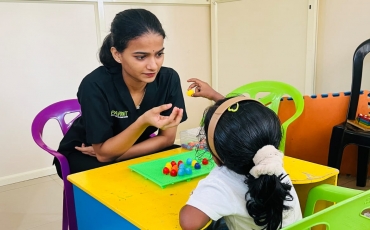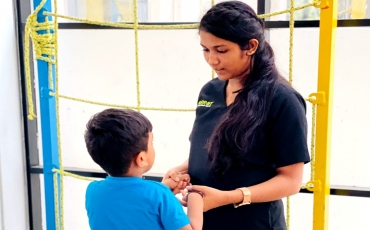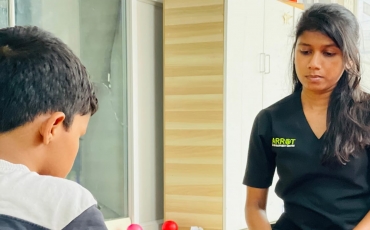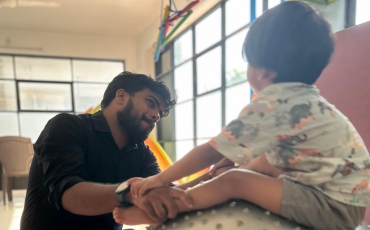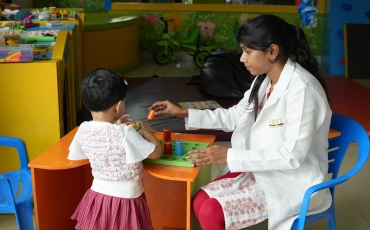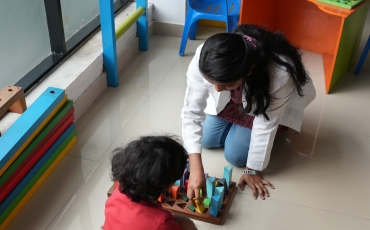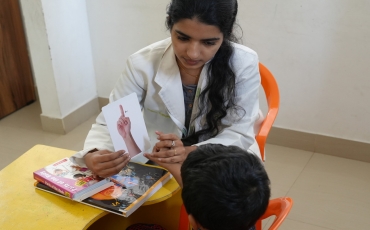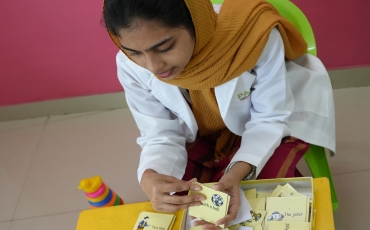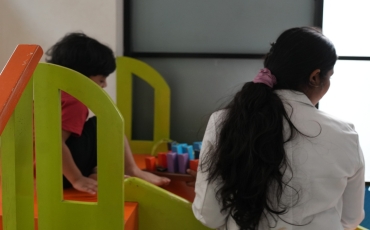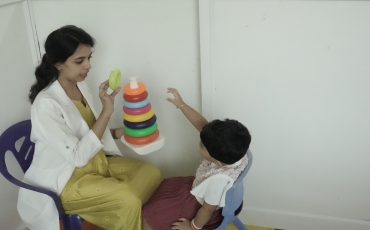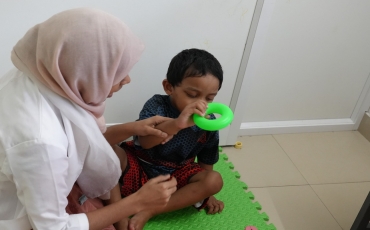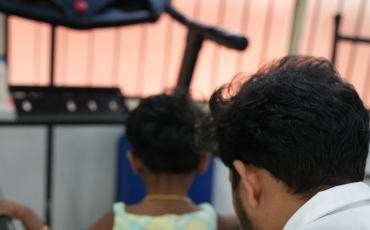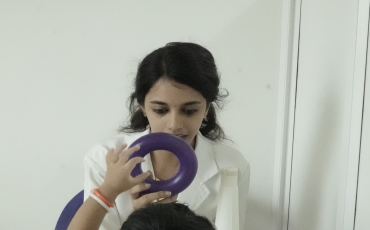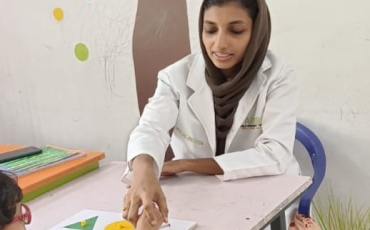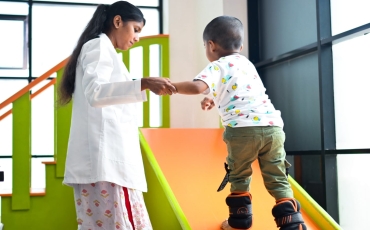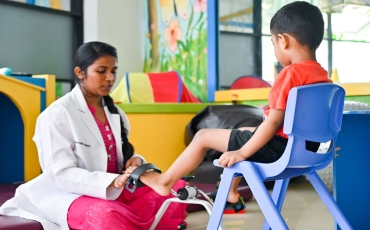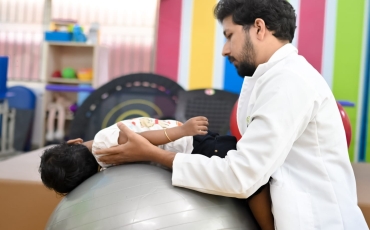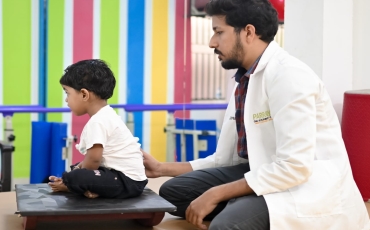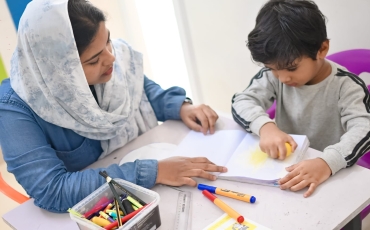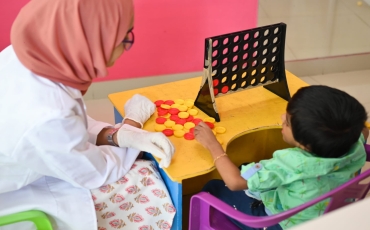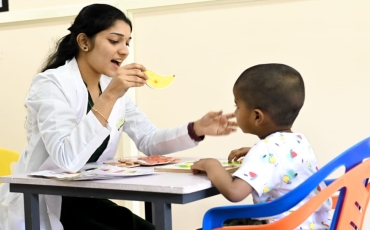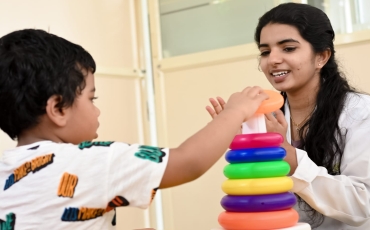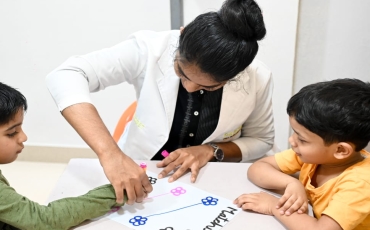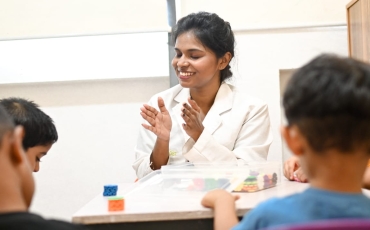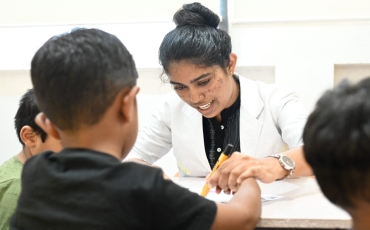The role of facilitating leisure and play among children and improving quality of life
Occupational therapy practitioners develop interventions based on assessment of the occupations in which the child engages, understanding of his or her natural contexts, and analysis of performance. When evaluating a child’s performance, the occupational therapist determines how performance is influenced by impairment and how the environment supports or constrains performance. The occupational therapist also identifies discrepancies between the child’s performance and activity demands and interprets how to overcome or minimize those discrepancies analysis of the interrelationships among environments, occupations, and persons and the goodness-offit of these elements is the basis for sound clinical decisions. the same time that occupational therapists systematically analyze the child’s occupational performance and social participation, they acknowledge that the child’s spirit .Leisure and play activities are the discretionary, spontaneous, and organized activities that provide enjoyment, entertainment, or diversion in social environments that may be different from school and work settings. In an occupational therapy study, teens reported that leisure provided enjoyment, freedom of choice, and “time-out.” The use of this free time may seem like “time-out,” but it can have a significant role in development. In this free time, teens explore and engage in new behaviors and roles, are exposed to different interests, establish likes and dislikes, and socialize with an array of social groups, developing skills, patterns of behavior, and self-identity.Unstructured use of time, particularly passive activities (e.g., watching television and playing computer games),
Have few positive benefits;
The main criticism of passive activities is that they contribute to boredom, which is associated with a greater risk of dropping out of school and antisocial or delinquent activities.
These extracurricular school programs (e.g., sports teams, school band or orchestra, drama club) and communitybased activities such as scouts, music, or dance classes typically include goal-directed activities as well as a sense of belonging to a peer group An additional benefit of these activities is relationships with nonfamilial adults. Positive interactions with coaches, adult leaders, and teachers facilitate problem solving, provide social support (sometimes compensating for a lack of parental validation and support), increase self-esteem, and promote skill acquisition and competency. An area of concern is the decline of physical extracurricular and leisure activities, which is linked to an increased risk for poor health issues when the become adolescents, including obesity and chronic health conditions such as The national public health initiatives to promote adolescents’ participation in physical extracurricular and leisure activities, which have not been successful, have significant implications. The stereotypes of bodily contact, face-to-face opposition, and endurance associated with male sports and esthetics or gracefulness associated .Although stereotypes and other influences such as parents and teachers affect participation in physical activity, the strongest influence is peer participation.Participation in popular activities that are transferable beyond the context of occupational therapy develops performance skills and facilitates social behaviors that enhance self-efficacy and autonomy.The outcome of developing leisure skills in occupational therapy can be successful participation in peer activities and increased social inclusion. Having the skills to engage successfully in leisure activities contributes to healthy and perceived quality of life by providing a social network and enjoyment and promoting constructive use of time. Developing competence in leisure skills can have additional value.
replica watches
rolex replica uk
replica iwc uk


